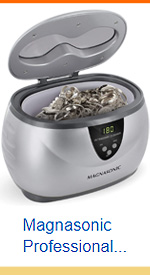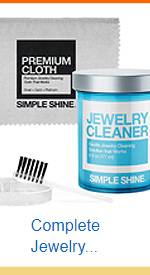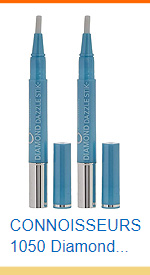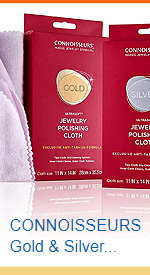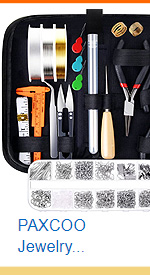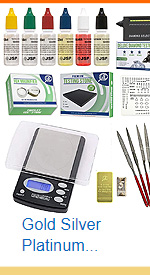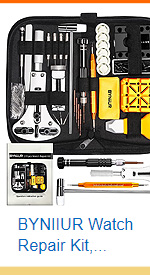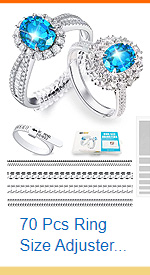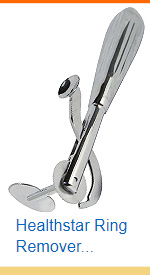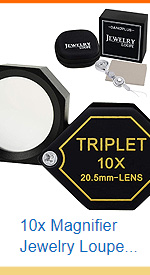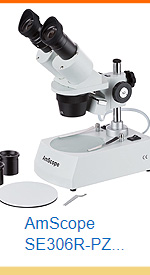WHAT’S A DIAMOND CULET?
LEARN WHAT A CULET IS AND WHAT IT DOES TO A DIAMOND
This post contains affiliate links. If you use these links to buy something I may earn a commission. Thanks! As an Amazon Associate I also earn from qualifying purchases.
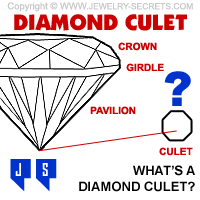
If you look at a diamond report (aka certificate), you’ll see something interesting called a “culet“.
“A culet?”
It will be listed on a GIA diamond report under “proportions“, which is also listed under a category called “shape and cutting style“.
I refer to that whole section simply as “cut“, because it makes up the entire cut of the diamond.
The cut not only contains the culet, but it also contains fun things like the girdle, depth, table and finish. But for now, let’s just stick to the culet.
What is a culet?
Most people don’t know.
Most people just breeze by it on the report without giving it a second glance.
Is the diamond culet something to take notice of?
Yes, yes it is!
So let’s learn what a culet is…
The culet is a single facet on the bottom of the diamond.
One tiny facet that actually has a purpose and a very good purpose.
If you look at a diamond from the side view, you’ll see the diamond is divided into two sections by a line called the girdle. The top section is called the crown. The bottom section is called the pavilion.
The bottom part of the diamond looks like an upside-down triangle. This triangle is where all the lines and facets of the diamond meet and they come to a very sharp point.
Here’s a tip…
At the very tip of that point is where the culet is faceted. It’s at the very bottom of the pavilion and the cut is flat making the culet parallel to the table (which is the top flat window of the diamond) and girdle (see image).
What’s interesting about this is:
Not all diamonds have a culet.
It’s not a necessary cut.
It doesn’t affect the look of the diamond in the least (unless the culet is so large you can see it. But more about that later…)
The culet’s sole purpose:
The culet’s sole purpose to exist is to prevent the diamond’s vulnerable tip from chipping or breaking.
That’s it!
When any diamond comes to a sharp knife edge like the culet does, it can be chipped or broken easily. Usually this would happen during setting the diamond into a mounting (which is why you should always microscope or loupe your diamond once you get it back from the jeweler).
It’s a fact, chipping or breaking is what happens to sharp pointed diamonds (think marquise, think girdles). But, if that sharp point or tip is cut off (making a flat surface), then it will keep the end from shattering.
GIA diamond reports:
GIA will list whether or not the diamond has a culet. Trust me, you want a culet. Just knowing your diamond has one brings peace of mind.
GIA rates culets and size:
If the culet is None, Very Small, Small, Medium, Slightly Large or Large, you’ll be fine.
- None = Excellent
- Very Small = Excellent
- Small = Excellent
- Medium = Very Good
- Slightly Large = Good
- Large = Good
But if the culet is Very Large or Extremely Large then it’s a whole different story…
- Very Large = Fair
- Extremely Large = Poor
Bullet holes:
When a culet gets too large, you may be able to see that facet just by looking down into your diamond from the top view. And because the culet is the dead center of your diamond, it could get very noticeable. It may look like a little dot, pinpoint or even a hole. I refer to them as bullet holes because it looks like the diamond’s been shot.
Old mine cut diamonds and old european cut diamonds have Extremely Large visible culets on them to prevent chipping. But that’s because they were all cut by hand back then (before the 1900’s), before diamond saws were invented.
No culet:
If the diamond has no culet, it doesn’t affect the diamond report (or even price), it will just list it as “None“. No culet is fine as well, you just have to be more careful with them.
I would advise sticking with a small or medium culet if you can (just in case).
You don’t have to worry about chipping the diamond when you pick it up with a pair of tweezers. And after looking for months and months to find the perfect diamond, you get the perfect clarity and the perfect color (I prefer VS2 clarity, E color, with an excellent cut), do you know how bad it would suck to then have the jeweler accidentally chip the tip during setting?
Ouch!
That would smart.
(So don’t forget to always scope your diamond (or at the last use a 10x jeweler’s loupe) every single time you drop your diamond off for repair and every time you pick it up!!!)
So as far as the culet goes…
I’d say that’s the last cut.
Cheers! :)


